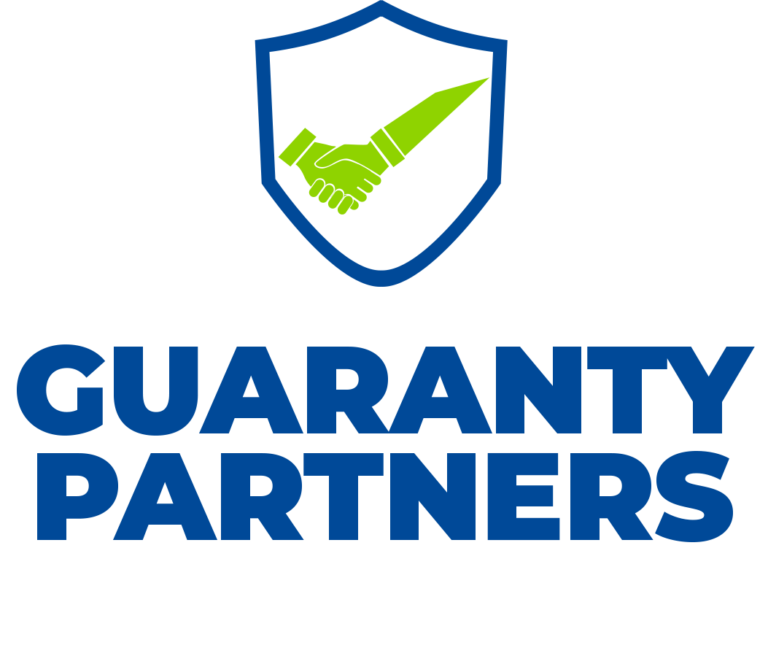Corporate Auditors Efficiency Course
Course Fee:
Course
OBJECTIVE
• deploy thoughtful visualisation techniques to help improve the evaluation of processes, risks and controls
• execute strategies to help optimise the audit process
• deploy software tools to help improve audit performance and the scope of reviews performed
• use techniques to improve both the speed of production and the quality of audit reports
• grasp and explore current issues with the practicalities of auditing.
CONTENT
Tools that have impact: visual and analytical influencing
• why is visualisation important to my report readers?
• visualisation: highlighting control structures
• visualisation: highlighting risks
• visualisation: alternative work flows
• visualisation: roles and segregation
• visualisation: risk and control strengths using themes
• analytics: cost resourcing – process quantification
• analytics: activity cost comparisons to determine optimum flow
• analytics: calculating the cost of controls.
Techniques to target value and efficiency: audit process optimisation
• what really adds value?
• matters that impact perceived value added through the audit function
• applying LEAN to internal audit
• audit process optimisation: creating better flow and sequence
• audit optimisation: using both serial and parallel activity
• audit optimisation: time cycles and wait states
• agile – how is this relevant to internal auditors?
• Agile – how it might be applied to internal audit.
Tools that help improve performance and scope: software (standard, low cost or free)
• tools to help persuasion and influencing
• tools to assist or speed up common tasks
• tools to assist it audit
• tools to assist retrieval of text and values from documents
• tools to assist fuzzy data matching
• tools to help paperless working
• tools to assist visualisation.
Techniques that target bottlenecks: improving the report writing process
• report writing: quality improvements – self checking guidelines
• report writing: quality improvements – managerial and team rules
• report writing: speed improvements – sparse reporting
• report writing: speed improvements – bottlenecks and pinch points.
FOR WHOM:
All Internal Auditors in both the Public and Private Sectors.
METHODOLOGY
The training methodology integrates lectures, interactive discussions, collaborative group exercises, and illustrative examples. Participants will acquire a blend of theoretical insights and hands-on practical experience, emphasizing the application of learned techniques. This approach ensures that attendees return to their professional environments equipped with both the competence and self-assurance to effectively implement the acquired skills in their responsibilities.
DATE:
1ST BATCH: 3rd – 6th June, 2025
2ND BATCH: 16th – 19th Dec, 2025
Course Category
- Human Resource and Admin
- Finance and Accounting
- Internal Audit and Fraud Control
- Stores, Procurement and Supply Chain
- Information Technology
- Aviation and Maritime
- Banking, Investment and Insurance
- Business Communication
- Construction Management & Civil Engineering
- Engineering, Instrumentation and Maintenance
- Entrepreneurship and Business
- Hotel & Hospitality Management
- Law and Contract Management
- Management and Leadership
- Project Management
- Public Relations
- Public Sector
- Sales, Marketing & Customer Service
- Secretaries & Personal Assistants
- Transport & Logistics
- Security and Safety
More Courses
VENUE
25, Queen street, Alagomeji Bus Stop, Yaba, Lagos










